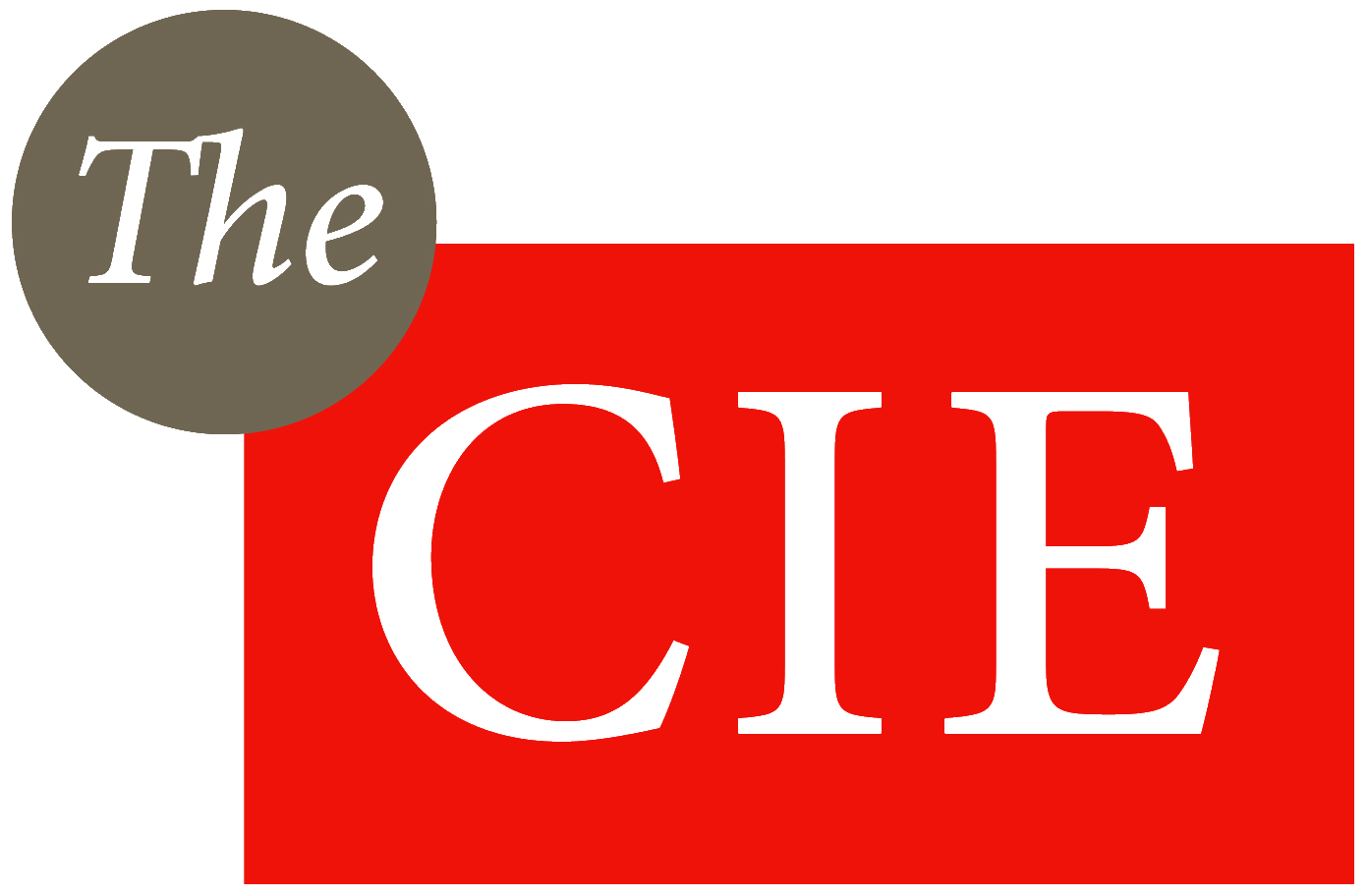Resource Recovery and Waste
Policymaking for the resource recovery and waste sector can benefit considerably from economic analysis. Economic analysis is a useful tool for identifying and comparing trade-offs, such as between competing policy options to achieve increased recycling. By understanding the costs and benefits of different options, policy objectives can be achieved most effectively.
The CIE combines advanced quantitative modelling expertise, years of consultations with market players and regulators, and deep knowledge of the sector. The CIE has developed an Australian waste and recycling model, which was used to estimate the economy-wide benefits of improved resource recovery and materials efficiency.
In recent years, we have been part of key emerging policy debates around container deposit schemes, waste exports, the kerbside recycling system, and new technologies to process hard-to-recycle materials.
We have worked extensively for key government and private clients, including developing an Australian waste and recycling model. Recent work includes:
estimating the costs and benefits of a ban on waste exports
microeconomic analysis of waste markets in response to a ban on exports
the CIE advised the Australian Packaging Covenant Organisation (APCO) on assessing the costs and benefits of alternative options to increase recycling of packaging materials
costs and benefits of alternative options for household collection of waste
measuring the willingness to pay of the Victorian community to reduce litter and marine waste for the Victorian Government
developing a waste model to assess interventions such as changes to landfill levies, accounting for financial costs and externalities from different waste streams
material flow analysis for the NSW waste system covering paper, plastics, glass and metals detailing the value at each step in the supply chain and the amount of material
the CIE advised on issues for glass recycling and the commercial viability of alternative options
the CIE has developed models of hazardous waste markets, and provided advice about regulations relating to interstate transport, stockpiling and other mismanagement of hazardous waste
the CIE developed and has updated a model of the Australia waste sector for the Australian Department of Environment and Energy
the CIE has advised on a range of container deposit scheme issues in NSW, Victoria and Queensland.







